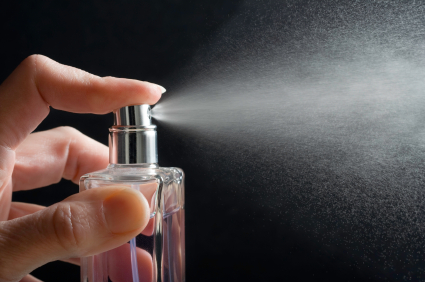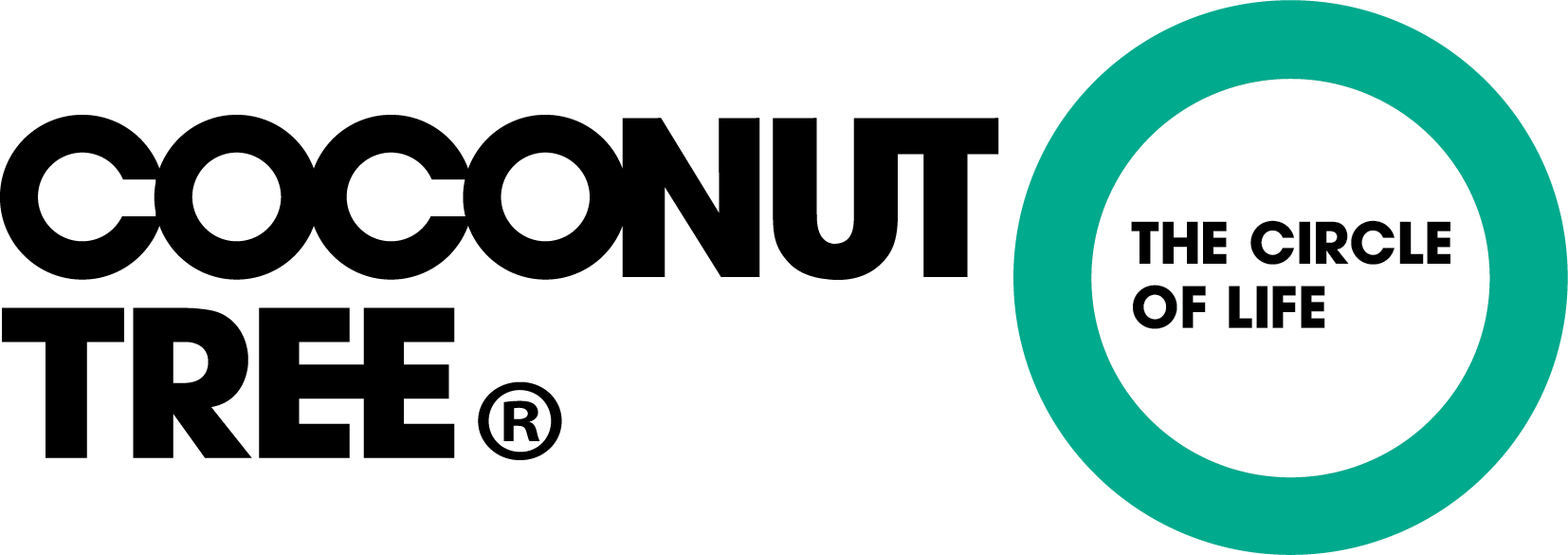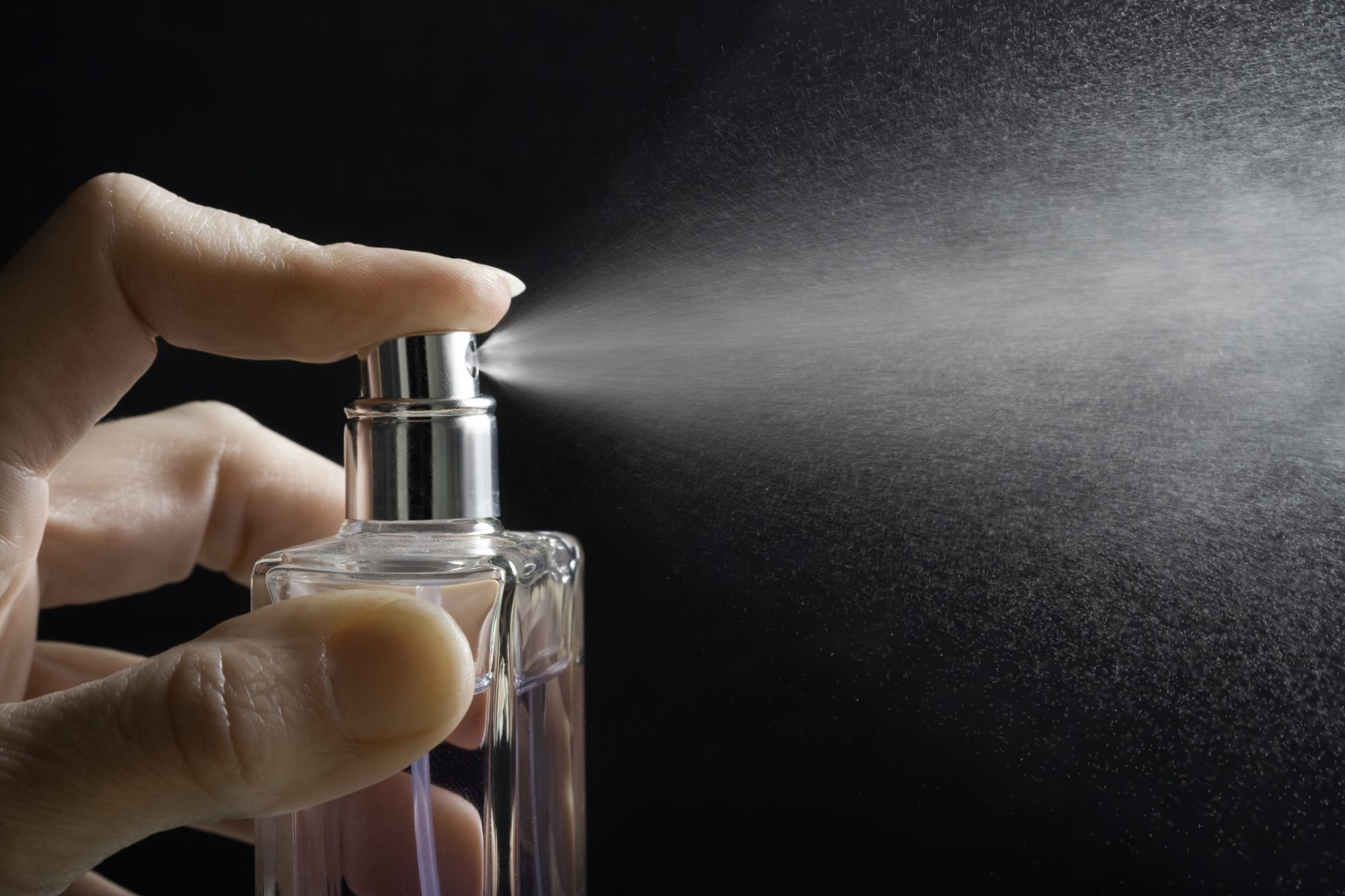 What’s not to love about your favorite fragrance and the luscious scents of your cosmetics and personal care products?
What’s not to love about your favorite fragrance and the luscious scents of your cosmetics and personal care products?
Yes, they make you smell wonderful but maybe they don’t make you feel so great!
Here’s some interesting information from David Suzuki that might make you look at fragrances in a different way.
“The term “fragrance” or “parfum” on a cosmetic ingredients list usually represents a complex mixture of dozens of chemicals. Some 3,000 chemicals are used as fragrances. Fragrance is an obvious ingredient in perfumes, colognes, and deodorants, but it’s used in nearly every type of personal care product. In addition to their use in cosmetics, fragrances are found in numerous other consumer products, notably laundry detergents and softeners and cleaning products”.
Of the thousands of chemicals used in fragrances, most have not been tested for toxicity, alone or in combination. Many of these unlisted ingredients are irritants and can trigger allergies, migraines, and asthma symptoms. A survey of asthmatics found that perfume and/or colognes triggered attacks in nearly three out of four individuals. There is also evidence suggesting that exposure to perfume can exacerbate asthma, and perhaps even contribute to its development in children.
People with multiple chemical sensitivities or environmentally linked illnesses are particularly vulnerable, with fragrances implicated both in development of the condition and triggering symptoms.
However, anyone might experience skin irritation or runny eyes and nose. U.K. researchers have reported that “perfume” is the second most common cause of allergy in patients at dermatology clinics. In addition, in laboratory experiments, individual fragrance ingredients have been associated with cancer and neurotoxicity among other adverse health effects.”
This extract from mamavation.com also puts fragrance under the spotlight.
In 2010, Environmental Working Group (EWG) and the Campaign for Safe Cosmetics (CSC) performed and analyzed lab tests on 17 popular fragrances. This study revealed the presence of the following toxic perfume chemicals in just this small selection of brands:
• Endocrine disruptors and phthalates. Last year, the Washington Post reported on a study from that linked phthalates and endocrine disruptors to a more than 6 point drop in IQ for children whose mothers were exposed to phthalates during their pregnancy.
• If you are pregnant, you would do well to stay away from all products with fragrances, phthalates or endocrine disruptors to protect your baby.
• They also found diethyl phthalate, which has been to linked to sperm damage in studies.
• Over 24 chemicals were discovered that could act as allergy triggers causing a myriad of symptoms like headaches, dizziness, rash, hyperpigmentation, violent coughing, vomiting or skin irritation.
• Musk ketone was discovered, which can be a skin irritant. According to EWG, studies have shown this chemical to concentrate in both human fat tissue and breast milk. It is also suspected to be another hormone disruptor.
• A large percentage of the chemicals that were found in these fragrances had not been assessed for safety as of the date of the study. In fact, the only limitation on fragrance manufacturers is that they cannot use banned substances.
• Ingredients found in fragrances, such as phthalates, are considered “Obesogens” which means they CAN cause you to gain weight independent of what you eat or the activity you get.
Other studies have been done reporting a range of toxins, many undisclosed, in popular fragrances.
So, to put it all together:
• Fragrances contain chemicals that can cause reactions which range from allergic reactions and weight gain, to severe damage, conditions or illnesses.
• Many substances that have been discovered in fragrances have not specifically been tested for human safety.
• Companies are not required to list or reveal the chemicals they do use.
Bottom line? Your family should steer clear of toxic fragrances so buy fragrance free or look for products containing natural fragrance or essential oils to add scent.





